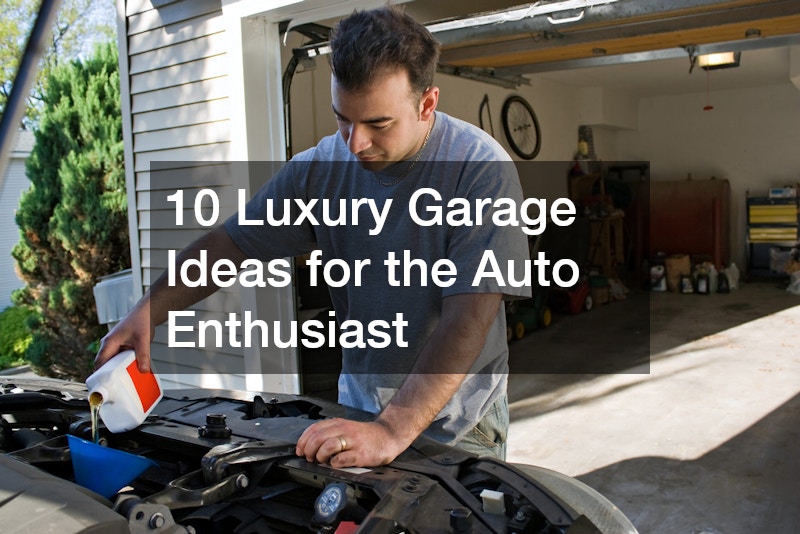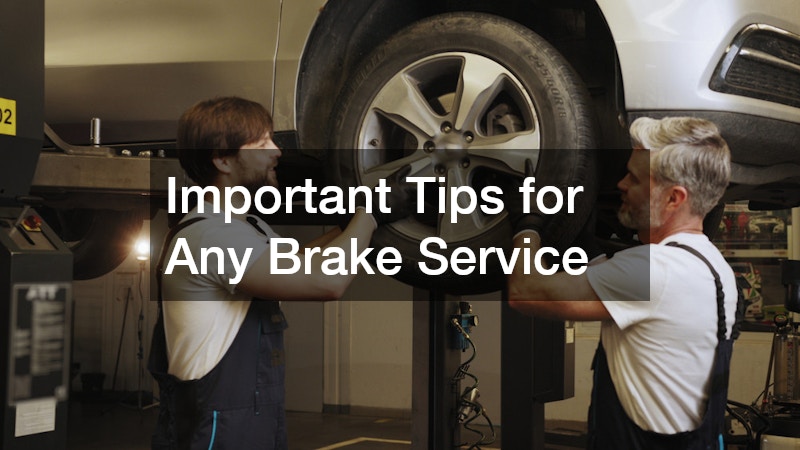Classic car restoration doesn’t come cheap. Protect the time, effort, and money you put into restoring your old car by maintaining it and making sure that it runs smoothly.
Caring for your classic car
Contrary to how it may seem to the outside observer, maintaining your classic car is not just all about looking after its outside appearance. It goes without saying that the outside appearance of your car matters, too. But there is more beyond that. Things like preserving your car’s engine and keeping the fluids in check carry a lot of weight as well.
Routine maintenance
Checking your classic car a few times after it was restored to its former glory is already a given. Hobbyists are especially obsessed with their classic cars when it becomes all shiny and “new”. But what happens after that is equally important. Check and change your fluids. Do routine maintenance.
How to take good care of your classic car.
In a nutshell, caring for your old car mostly involves finding out what experts have to say about classic car maintenance and following their recommendations. Here’s a more comprehensive list to get you on the right track:
There’s no better way to know how your classic car is doing than when you hear and feel it. Moreover, driving your classic car – like taking it for long drives – does wonders to the car’s engine as it is an effective way to burn off the harmful moisture that has condensed in your oil and exhaust system. It keeps your engine in good condition.
Let someone else drive the car.
 It’s little wonder why some people have grown obsessed with their classic cars. But to maintain your classic car and to enforce measures to keep it running smoothly, you need to keep still in the passenger seat and let someone else drive your car.
It’s little wonder why some people have grown obsessed with their classic cars. But to maintain your classic car and to enforce measures to keep it running smoothly, you need to keep still in the passenger seat and let someone else drive your car.
The logic behind this is simple. When you are behind the wheel, you are more focused on driving. But when you let someone else do the driving, you can focus more on hearing the sounds your engine makes. This can help you point out more specific problems with your classic car and do something about them before it gets severely damaged.
Wash your car
When you’re busy and lagging behind on your personal schedules, you will mostly like just go for a commercial car wash. There’s nothing ultimately wrong with that, except that not washing your car by yourself is not a good way to keep tabs on the possible scratches and paint damage on your classic car. The best way to go? Wash your classic car using a microfiber mitt and dry it with a microfiber towel.
Check your car’s oil levels.
Before you go for long drives, do the rounds on your car’s oil engine levels first. You can do this by simply using a dipstick. The best way to do this is when your car has been at rest for several hours.
Keep in mind that doing this works well in maintaining your engine, If you fail to do oil level checks and even fresh oil changes, your car’s engine would get easily damaged.
Change your oil.
 Do not forget to change your oil. Changing your oil speaks volumes of how long your car’s engines will stay in good condition.
Do not forget to change your oil. Changing your oil speaks volumes of how long your car’s engines will stay in good condition.
Cars have different requirements when it comes to oil changes, though. So be sure to be mindful of what your classic car requires. If you’re in doubt, just rely on what the manufacturer says.
There are certain restrictions to keep in mind when using regular engine oil and synthetic oil. The rule of thumb is that if the classic car you’re driving has been using regular oil for a long time, making the shift to synthetic could potentially lead to oil leaks and high gas consumption. On the other hand, if you’re changing from synthetic to regular, more frequent oil changes should be a priority.
Drain and flush.
There’s an antifreeze near the radiator. You should keep it low enough to keep your classic car running smoothly. The simplest way to do this is to drain and flush. If you don’t keep it cool enough, it will become acidic.
Be careful with your timing belt.
It pays to be extra cautious by doing pre-emptive checks on your timing belt. Don’t wait for it to break before caring for it. If you neglect it, it could possibly damage your engine.
Different cars have different ways of tending to the timing belt. Follow what your manufacturer recommends for your classic car’s model.
Maintain the correct tire pressure.
 Keep a close eye on your tire pressure. Make sure you’re referring to the recommended pressure for your classic car. You can see the recommendation inside the driver’s door.
Keep a close eye on your tire pressure. Make sure you’re referring to the recommended pressure for your classic car. You can see the recommendation inside the driver’s door.
Don’t refer to the tire pressure listed on the tire, that is its maximum. Get replacements if necessary. You may also opt to rotate the tires every now and then to extend the lifespan of your tires.
Don’t wait too long to do repairs.
Some car owners have a bad habit of waiting for their cars to break down completely before taking it to the auto mechanic and getting the repairs done. This practice will make the damage worse; and will almost surely bring the costs up.
The best way to look after your classic car is to get repairs done immediately if there’s a need for repairs. Do not worsen the damage by prolonging the repairs required by your car.
Keep money on hand.
Maintaining an old car could be costly, so you have to be prepared with the costs that regular maintenance will incur.
If you don’t stash cash for these maintenance requirements, you might end up losing the classic car that you’ve already spent a hefty sum on. Don’t go that route. Don’t be thrifty when it comes to maintaining your classic car so you won’t end up having to deal with more problems with your classic car in the long run.





